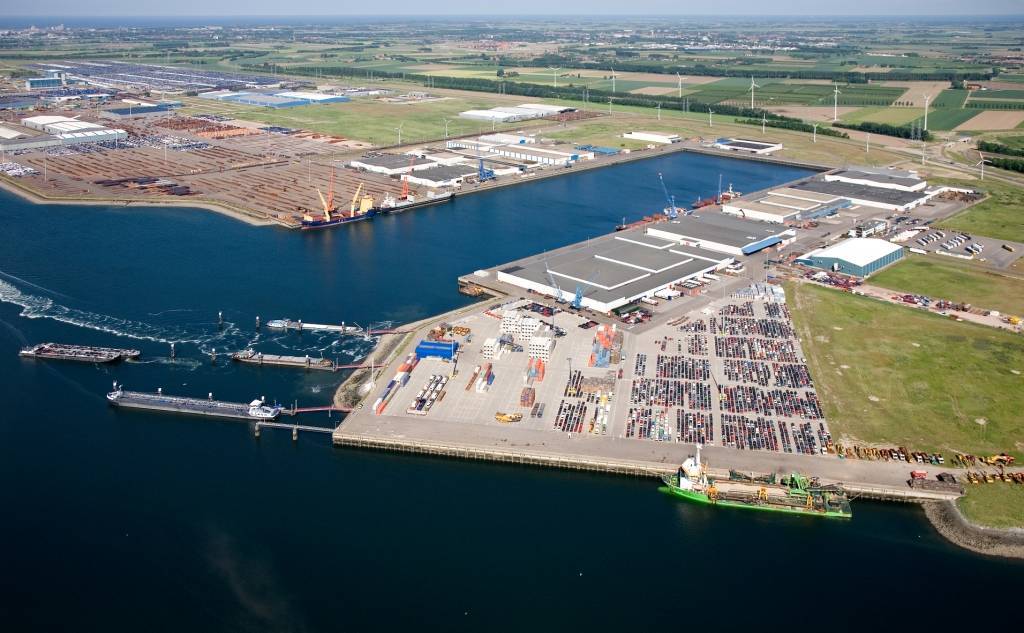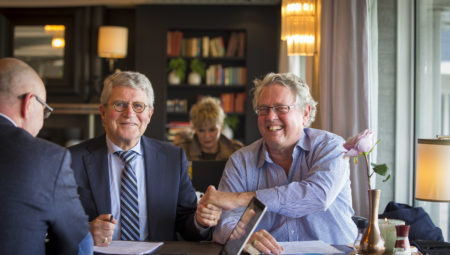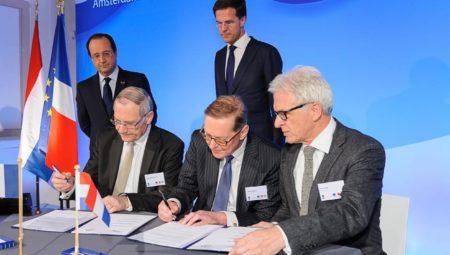Agro & Chemie talked with Paul Boeding (Economic Affairs, the Monitor’s client) regarding the power of the regional clusters, biobasing chemistry and materials, as well as the role of the government.
Paul, the Monitor writes that an increasing number of companies have gone through the R&D phase and are ready to enter the market. Will it work?
‘It’s a growth process. There’s a difference between bio-energy and materials/chemicals. Energy applications are often started up earlier and reach the market more easily due to subsidies. Meanwhile some technologies, such as pyrolysis (editor’s note, Empyro) have been upscaled. The requisite activity has already been taking place in the area of manure (read: co-fermentation) as well. Materials, bioplastics/composites and chemicals are not subsidised on their way to the market and are not having an easy time, certainly with the current low oil price. On the other hand, there are fortunately sectors such as construction and the packaging industry that are looking for materials that entail lower CO2 emissions and possibly have better properties. Meanwhile, companies such as Nova Lignum on Nieuw Prinsenland are also starting production. This is a positive signal. Biochemicals are also affected by low oil prices. I do expect Northwest Europe will be able to play a role, certainly on the basis of sugar as feedstock. Not only in the area of R&D, but also with large-scale production. I do not expect the production of transport fuels to assume a leading position in Europe very quickly. Other countries like the US, Brazil, and players in Southeast Asia are considerably more active in this regard. The proximity of large biomass flows also plays a decisive role.’
800 running projects, in which 700 companies are participating, were scanned in the past three years. A total of 1.5 billion euros was invested, 1.1 billion of which in energy. Isn’t that a little lopsided, considering the ambitions?
‘Energy applications have a head start on other biobased applications. The ambitions in the Netherlands are focused more on complete utilisation of biomass through cascading. For this reason there is nearly always an energy component. I should also say that the numbers can be somewhat skewed. In part this is an administrative matter (editor’s note, SBI coding). It also has to do with the possibility of receiving an energy component subsidy while the biomass is applied on a much broader scale. Our goal in any case is to make a clearer distinction in the next Monitor.’
In the Monitor you assert that bio-energy is at the beginning of the S-curve. What is the expectation for materials and chemistry?
‘According to the nova institute, this curve will come to a conclusion in the period 2015-2020. It’s still a matter of conjecture because the oil price for example plays an important role. Naturally, there are frequently still the usual bumps that have to be smoothed out. The government can respond to this with statutory and regulatory requirements, standardisation/certification, purchasing, and subsidising. Developing biocomposites is, for example, one of the ways, but these must also be tested and certified and find their way to the market. These are often time and money-consuming projects that require perseverance from companies that generally do not have unlimited financial resources. We must support and accelerate these projects. The Dutch government and the EU also recognise and assume their role in this.
You state in the Monitor that the biobased clusters in the Netherlands are doing well. Activity is pursued in concrete terms in a triple helix. Has the biobased landscape come to a conclusion by now?
‘Certainly. This landscape has largely been defined already by the presence of activity, knowledge institutes, and geographic position. In the Biobased Delta, (heavy) chemistry, agricultural feed, energy, and the proximity of deep sea ports in Zeeland and South Holland have led to an accent on green raw materials, green chemicals, and the emphasis on large scale process industry. Some high-quality knowledge institutions are also contributing to this. I also see a strong will and motivation in the business community, the knowledge institutions, and government bodies in the Delta to achieve this agenda. The extent of organisation is also high, including in SMEs, in part because Biobased Delta was the first biobased cluster in our country: it has a jump start as far as time is concerned. Which does not alter the fact that the other clusters are making progress. Limburg is on the materials side in this, having a connection with Greenport Venlo which is active in the green domain, from cultivation to pretreatment. In Eastern Netherlands it’s the number of technology companies, mostly SMEs, that play a role in (biobased) processes in the field of biomass and energy that stands out. Farther north, there is the fibre/yarn cluster round Emmen and Zwolle, as well as the cluster in and round the Eems Delta where basic chemistry and biomass (including hemp fibres) will determine the activity.’



